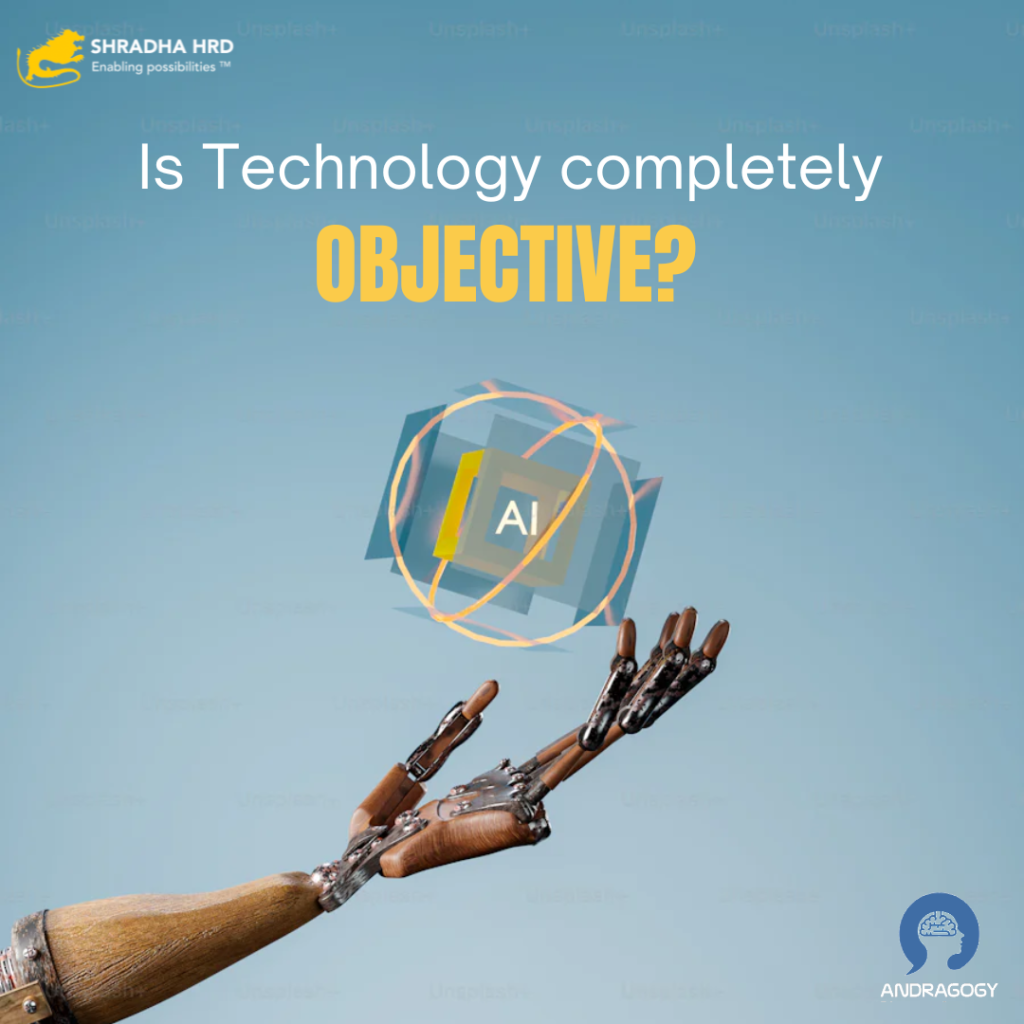
We automatically assume that technology can’t have biases. Only humans have biases. Objective decision making is a compelling reason for technology adoption. However, data tells us a different story. Some interesting data to reflect on:
- A couple of years ago, Google announced their speech recognition had a 95% accuracy rate. However, voice-activated searches still carry gender biases.
- Meredith Whittaker, director of the AI Now Institute at New York University, noted that voice-recognition tools that rely on AI often don’t recognize higher-pitched voices. These mainly belong to women. The systems are not as well equipped to interact with women as with men.
- Research by Rachael Tatman from the University of Washington indicated that Google’s speech recognition is 13% more accurate for men than it is for women.
Why do we see these results?
Tech is largely male-dominated. Recent studies found:
- 18% of authors at leading AI conferences are women.
- 80% of AI professors are men, globally.
- Women comprise only 15% of AI research staff at Facebook & 10% at Google.
Technologies often reflect the gender biases in society and the lack of diversity in the design teams
Designers and software architects have their own biases. These are reflected in the way they create and train the technologies they work on.
Source: “Sway” by Pragya Agarwal

